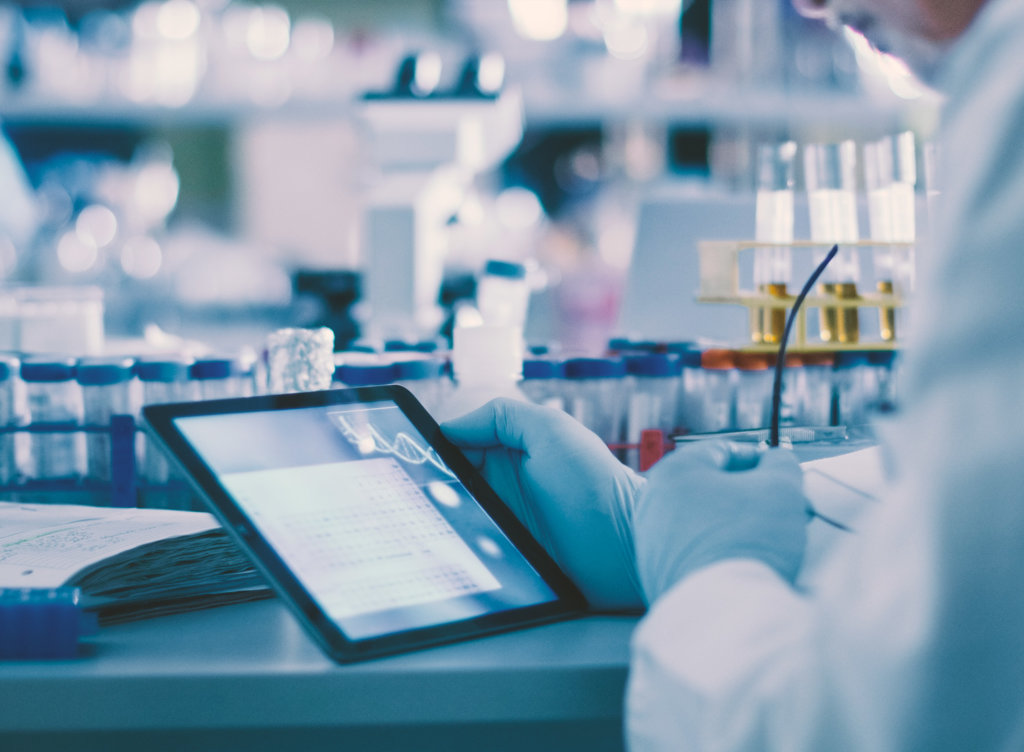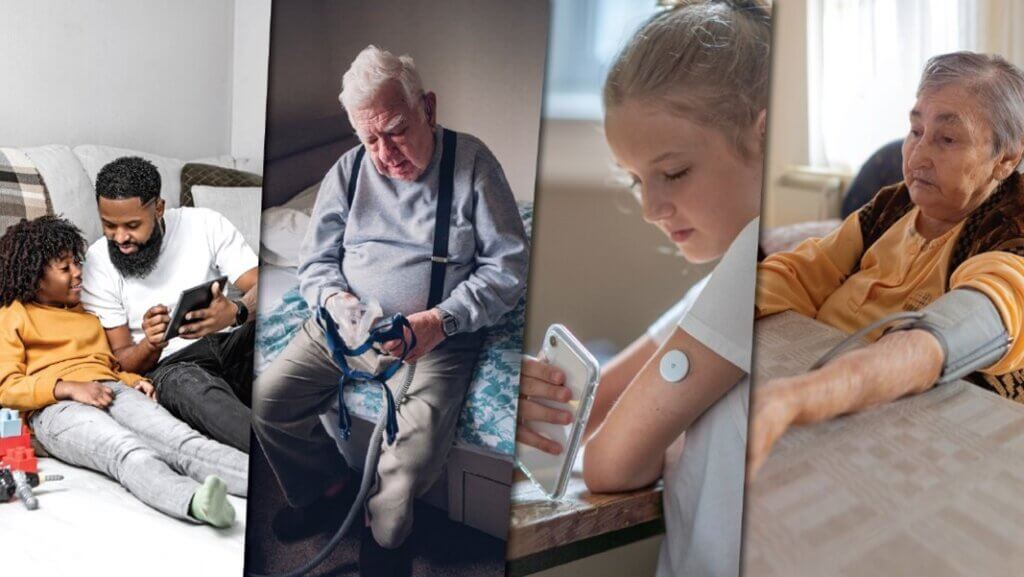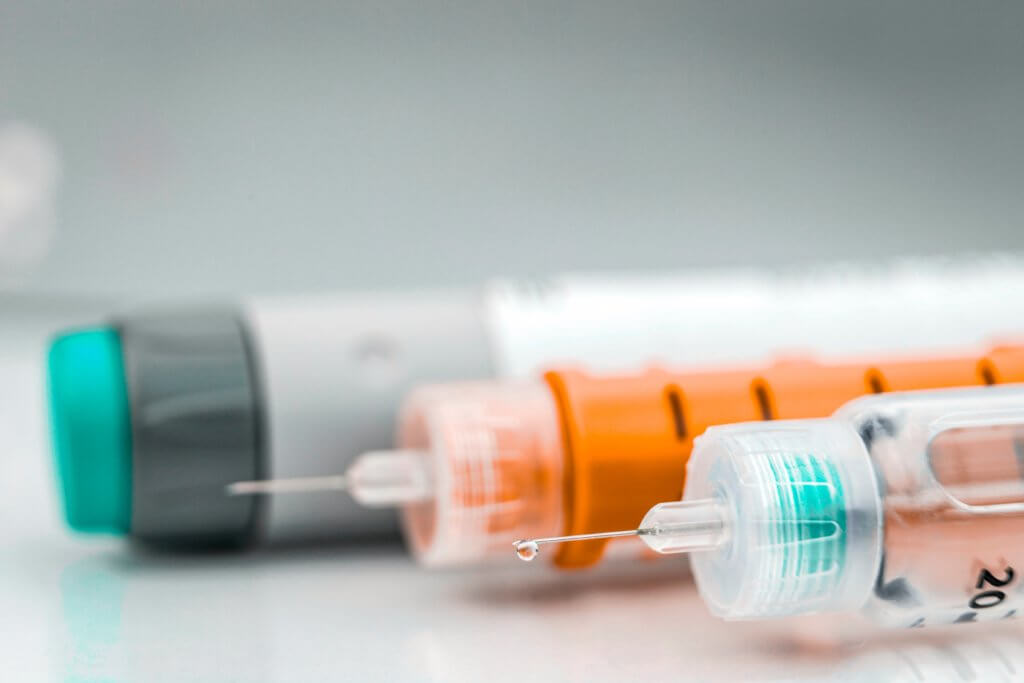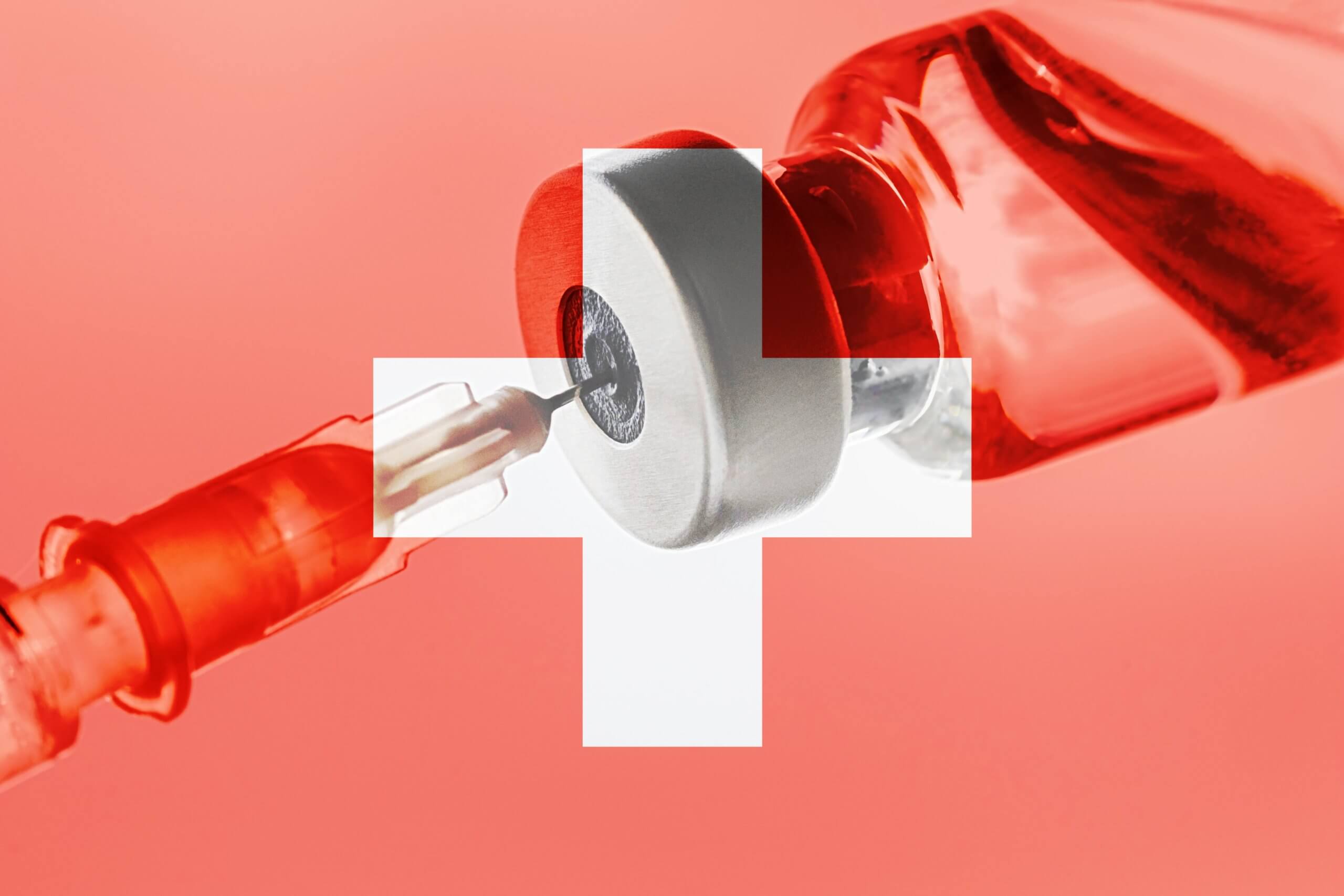Our MedTech news roundup for June 2024 includes the latest on Swissdamed, a fact sheet from MedTech Europe on new symbols for medical devices under MDR, new MDCG guidance on clinical evaluation of orphan medical devices, and updated guidelines on the presence of phthalates in certain medical devices.
MedTech news from the US on guiding principles for MLMDs, and the FDA’s launch of its Home as a Healthcare Hub also features, as well as updates from China’s NMPA, Brazil’s ANVISA, and Mexico’s COFEPRIS.
Read on for more…
Updates from Switzerland & Europe
Swissdamed Actors module available from August
The first module of the Swissdamed medical devices database goes online in August. The Actors module will be available from 6 August 2024, from which date economic operators will be registered exclusively through application via swissdamed.ch.
Applications for registration and for changing the CHRN, as well as notifications for mandates, will continue to be accepted as PDF forms until 26 July this year, but after this date these forms will no longer be considered.
The data for the economic operators who have already registered with Swissmedic, and therefore possess a CHRN, will be migrated. Whilst these operators will not need to register again, they will have to check their data once imported into Swissdamed.
Find out more about Swissdamed here.
MedTech Europe publishes fact sheet on new symbols for medical devices under MDR
With 24 official languages in the EU, it’s necessary to translate the information on labels, instructions for use, manuals, leaflets etc. depending on where the device is sold. Inclusion of internationally recognised and harmonised symbols instead of text is thought to be an efficient and valid way of providing users with the information required by the MDR.
This month MedTech Europe published a fact sheet on new symbols for medical devices under MDR. The fact sheet refers to the recently updated ISO 15223-1:2021, as the new symbols are part of this harmonised standard. Its aim is to assist healthcare professionals (HCPs) in getting familiar with new symbols created in relation to the MDR.
You can access the fact sheet here.
New guidance shared on clinical evaluation of orphan medical devices

Earlier this month, the EU Commission published guidance on the clinical evaluation of orphan medical devices.
Orphan devices are medical devices or their accessories, which are intended to be used for diseases or conditions affecting a small number of individuals each year. Often, they are used to treat a rare disease or medical condition for which very few diagnostic or therapeutic options exist. Orphan devices can be crucial to fulfil an otherwise unmet medical need.
Developed by the MDCG, the guidance provides criteria for determining when a medical device or an accessory for a medical device should be regarded as an ‘orphan device’ under the MDR. It aims to guide manufacturers and notified bodies when applying the MDR’s clinical evidence requirements and help overcome some of the challenges that often lead to delays in patient access to this type of device.
Updated guidelines released on benefit-risk assessment of phthalates presence in certain medical devices
Last week, the 2019 “SCHEER guidelines on the benefit-risk assessment of phthalates in certain medical devices covering phthalates which are carcinogenic, mutagenic, toxic to reproduction (CMR) or have endocrine-disrupting (ED) properties”, were revised for the first time in five years.
Based on experiences with the guidelines and a literature search conducted over the last five years, the update includes changes to the scope, introduction, methods, and framework sections of the guidelines. Additional information referencing ISO 10993:18 has also been included, along with new information on regulations regarding ED hazard classification.
See here for the updated guidelines.
MedTech news from North America
FDA, Health Canada, and MHRA update Guiding Principles for MLMDs
In 2021, FDA, Health Canada, and the UK’s MHRA jointly identified 10 guiding principles for good machine learning practice (GMLP) to support the development of safe, effective and high-quality artificial intelligence/machine learning technologies that can learn from real-world use and, in some cases, improve device performance.
This month, the three medical device regulators further identified guiding principles for transparency for machine learning-enabled medical devices (MLMDs). These principles build upon the GMLP principles, in particular Principle 7, where focus is placed on the performance of the human-AI team, and Principle 9, which denotes that users are provided clear, essential information.
Read more on the guiding principles here, and for further updates from the FDA related to Artificial Intelligence see here.
FDA launches Home as a Healthcare Hub

FDA has launched its Home as a Healthcare Hub to re-imagine the home environment as an integral part of the health care system, with the goal of advancing health equity for all in the US.
A collaboration between the FDA, architectural firm HKS Inc, patient groups, health care providers, and the medical device and consumer technology industry, the initiative facilitates the building of virtual reality prototypes of the home that form an idea lab, allowing for innovative solutions and frameworks to be developed.
The findings can then be used by medical device and consumer technology developers, policy makers, and providers, to develop home-based solutions that can advance health equity by moving care, prevention, wellness, and evidence generation into the home setting. It’s the intention that the prototypes will be realistically designed and scaled to answer the needs of those in lower-resource communities.
A step forward for SaMD registration in Mexico
Last July, the 5.0 edition of the Supplement of Medical devices of the Mexican Pharmacopoeia which included regulatory requirements for software as a medical device (SaMD), came into force.
Besides the long-standing standard submission route, there is a system in Mexico via its medical device regulator COFEPRIS that enables an equivalency route – i.e. the leveraging of other regulatory authorisations from the FDA, Health Canada, and the Japanese MHLW.
In May this year, COFEPRIS announced its first and second approvals for SaMD, both issued under the FDA equivalency route. The first registration is for SaMD that displays and processes data on aortic and distal blood pressure signals, and the second was issued for a cardiac monitoring software app in smartwatches.
For more on the registrations, see here, and here.
Updates from China
NMPA finalises new IVDs classification catalogue
China’s NMPA has issued the finalised “Classification Catalog for IVD Reagents”.
The new catalogue is the result of several years of effort to standardise the classification and streamline the IVD registration process in China. It aims to “keep up with the regulatory and industry development needs brought by new technologies, methods and biomarkers” and is effective from 1 January 2025.
NMPA adjusts Device Classification Procedure

The NMPA has published an “Announcement on Standardizing the Classification of Medical Devices”, which revises the classification processes for devices, combination products, and newly developed medical devices, and standardises the classification materials.
Without a De Novo process akin to that of the FDA, when a device is newly developed, the announcement states that manufacturers may opt to either apply for Class III registration or apply for classification.
Read more on the announcement here.
48 medical devices guidelines published
48 medical devices guidelines aimed to provide manufacturers with clarity on the registration process have been published by the NMPA.
Prepared by the NMPA Center of Medical Device Evaluation (CMDE), the guidelines are not legally binding but are highly recommended by regulatory authorities.
For both renewals and new registrations, medical devices are required to meet these new guidelines. Even if renewals (which are required every five years by NMPA) have no changes, manufacturers must still prove that the originally approved products meet the new guidelines. As a result, approved products still require local type testing to demonstrate that they are current under these new requirements.
Find out more on the guidelines here.
Medical device & IVD news from Brazil
New RDC on IVDs now in force in Brazil
The new RDC on IVDs – RDC 830/2023, came into force on 1 June this year, bringing with it changes to align with the regulatory requirements of RDC 751/2022 on medical devices. Along with the update, the classification of some IVDs also changed.
Brazil’s medical device regulator ANVISA has published three guidance documents related to the classification changes including a Q&A, guidance on IVDs with risk classifications that have changed, and guidance related to IVDs with more than one risk classification.
See more on RDC 830/2023 here.
Brazil’s ANVISA to allow leveraging of regulatory authorisations for medical devices
ANVISA has published new legislation allowing manufacturers of higher-risk devices (Class III and IV) to leverage registrations from some foreign regulatory authorities when applying for market access in Brazil.
As of 3 June, the AREE authorisations that can be leveraged include:
- TGA – Australian Register of Therapeutic Goods (ARTG)
- Health Canada – Medical Device License
- FDA – 510(k) Clearance, Premarket Approval (PMA), or De Novo
- Japan MHLW – Pre-market approval (Shonin)
If there is more than one AREE authorisation available, the Brazil Registration Holder may refer to all of them to apply for leveraging. However, medical device manufacturers must choose one AREE as a reference for the entire process.
EU market approved products are not part of the AREE authorisation.
That concludes our June 2024 MedTech news roundup. Check back in July for more medical device news and updates.
Found this useful? To receive our MedTech news direct to your inbox, you can subscribe to our monthly Knowledge update.

